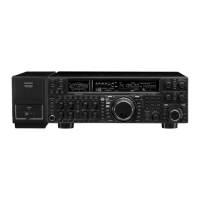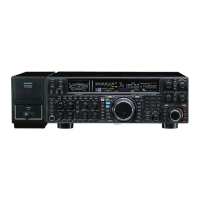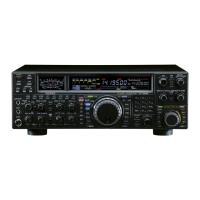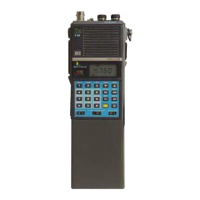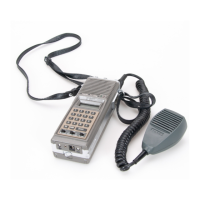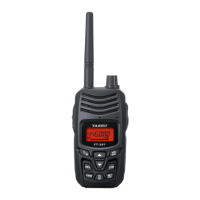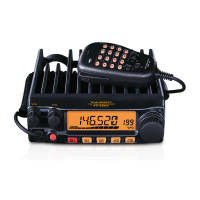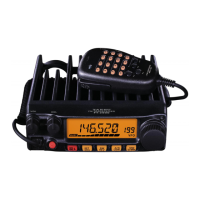Page 86 FT-2000D OPERATING MANUAL
USING CW REVERSE
If you experience a difficult interference situation, where an interfering station cannot readily be eliminated, you may wish
to try receiving using the opposite sideband. This may throw the interfering station’s frequency in a direction that may lend
itself more readily to rejection.
1. To start, let’s use a typical example where you have set
the CW mode (using the default “USB” injection) onto
the Main (VFO-A) receiver.
2. Now be sure your mode selection is
still set for the Main (VFO-A) regis-
ter, and press the
[
CW
]
mode button
once more. The “LSB” LED will
blink for three seconds, indicating
that the “LSB” injection side has now
been selected.
3. When using Dual Receive, press the
[
B
]
button, then (within five seconds
of pressing the
[
B
]
button) press the
[
CW
]
button to engage CW Reverse
on the Sub (VFO-B) receiver, in ex-
actly the same way as for the Main (VFO-A) receiver.
4. Press the
[
CW
]
mode button once more to return to
the normal (USB) injection side and cancel CW Re-
verse operation (the “USB” LED will blink for three
seconds).
NOTES:
When CW Reverse is engaged, the Tuning Offset In-
dicator action will concurrently be reversed as to its
indication.
When the incoming signal pitch tone is properly
aligned, the central red marker lights up whether or
not CW Reverse is engaged.
CW CONVENIENCE FEATURES
In the illustration, Figure A demonstrates the nor-
mal CW injection setup, using the USB side. In
Figure B, CW Reverse has been engaged, so as to
receive using LSB-side injection to eliminate in-
terference.
The beneficial effect of switching sidebands can
clearly be seen in this example.
[
CW
]
Button
[
B
]
Button
A
B
Retune: Shift to Lower Frequency
Zero-In
Retune: Shift to Higher Frequency
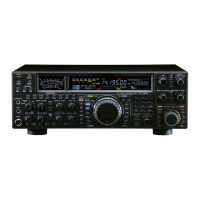
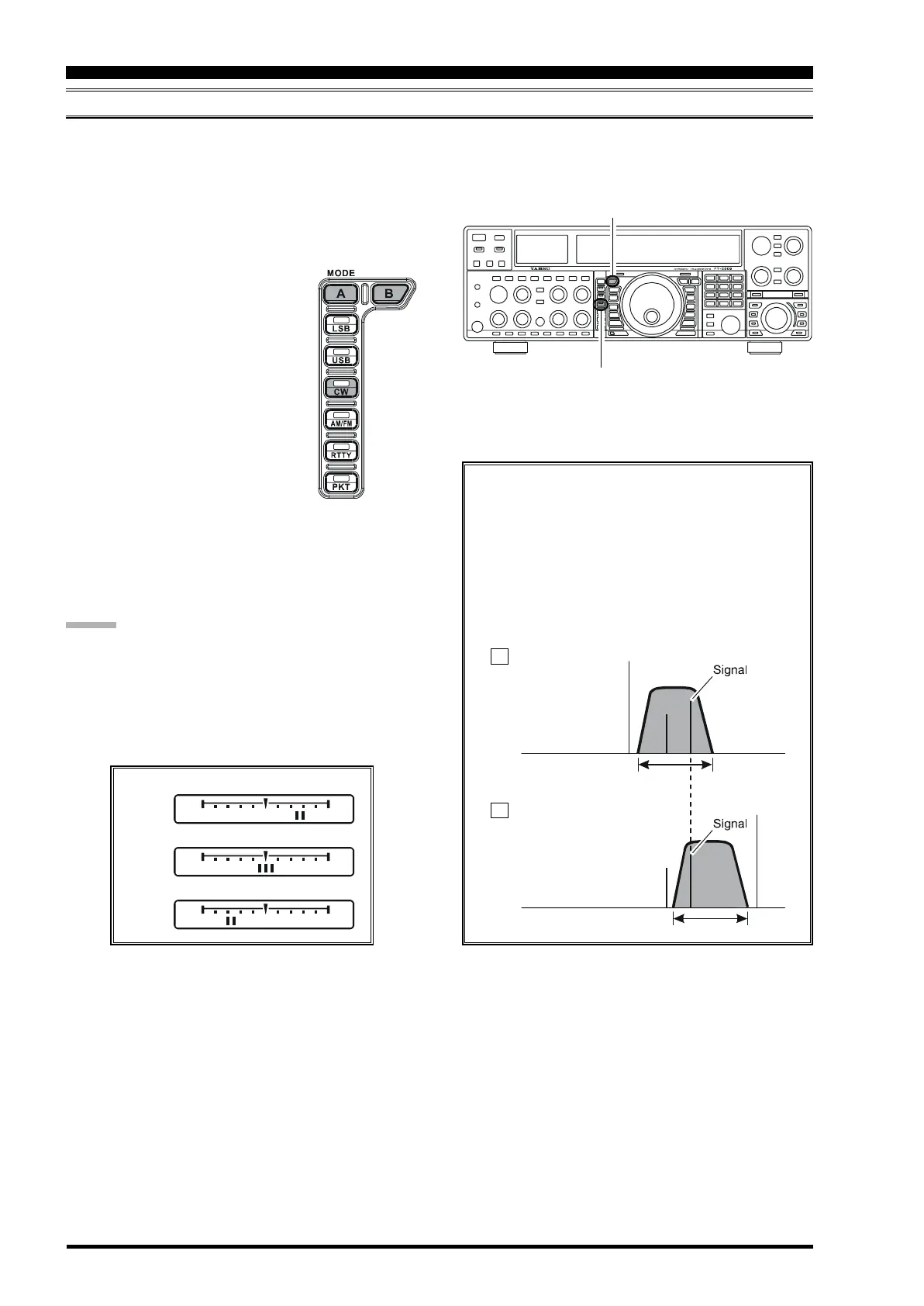